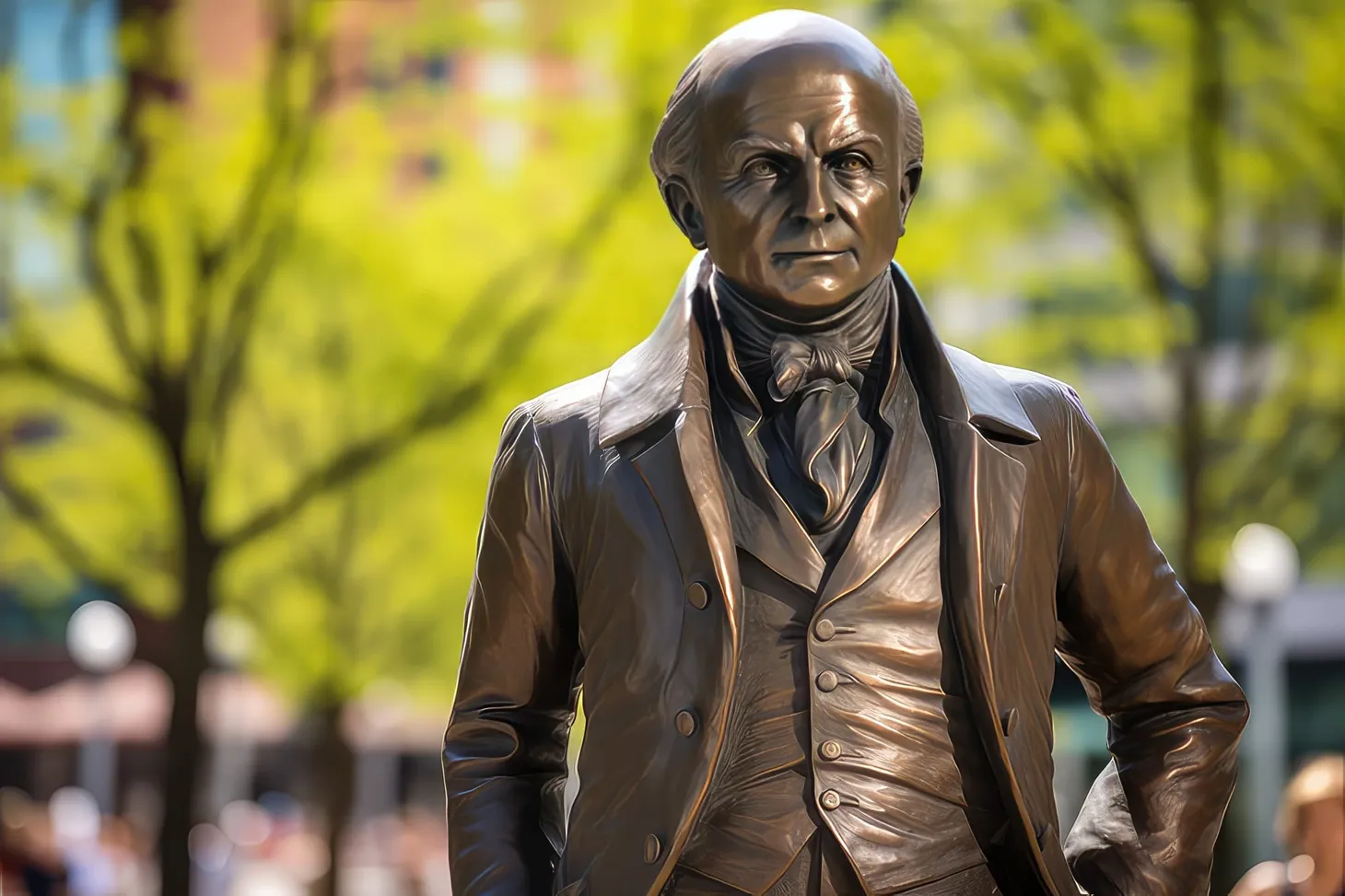The Importance of Leadership in Fostering Organizational Innovation
Any expert on the driving forces behind organizational innovation will tell you that leadership is one of the most important. In fact, I’ve discovered it to be one of the 7 Immutable Laws of Innovation, and a necessity for any institution looking to prioritize leadership. Over the next few weeks, I

Any expert on the driving forces behind organizational innovation will tell you that leadership is one of the most important. In fact, I've discovered it to be one of the 7 Immutable Laws of Innovation, and a necessity for any institution looking to prioritize leadership.
Over the next few weeks, I will dive into leadership's effect on innovation, using examples in which management either helped or hurt innovation. I'll also look at the steps leaders can take to make their organizations more forward-thinking. But to start, let's cover the basics: how can leadership drive innovation within an organization?
Setting the Baseline
On an organizational level, innovation cannot succeed without fully present leadership. An organization's leaders set the tone for the rest of its workers, and if leadership isn't forward-thinking, employees certainly won't be. The phrase “that's how we've always done it” will only hold organizations back from making change.
For those who have built a successful business model, eliminating that phrase is understandably difficult. As Legrand, Weiss, and Weiss point out in the Ivey Business Journal:
In the industrial economy, organizations could be efficient if they had well thought-out strategies and strong execution. They followed the business theories of the industrial economy gurus, creating strong hierarchies, and maximizing productivity by standardizing and rationalizing every activity. Their ultimate goal of zero defects was achieved by eliminating uncertainties and risks. The model worked well as long as the environment remained relatively stable and predictable.
But that is no longer the case. Today's business environment is more complex and unpredictable, requiring change in order to remain successful. Leaders must be willing to grow and move forward in order to allow for organizational innovation.
How Leadership Can Drive Innovation
Simply accepting forward-thinking employees and procedures is a good baseline for innovation, but it is not enough to establish it at an institutional level. To get there, leadership has to take a more active role. Research featured in a 2015 Forbes article points to 9 leadership behaviors that reflect this activity:
- Innovative Leaders Have a Vision of the Future, looking not just for immediate success but also at long-term goals.
- Innovative Leaders Establish Trust in their employees, which will be reflected back on themselves. Employees who trust leadership are more likely to think of alternative ways to conduct their business.
- Innovative Leaders Challenge the Status Quo, relying not on the safe and comfortable path but on their future vision to make decisions.
- Innovative Leaders Possess Expertise in the area that requires innovation, both knowing the details of where their organization stands when it comes to technology, and displaying a professional curiosity about where it could go.
- Innovative Leaders Set Aspirational Goals, challenging their employees to reach high rather than simply duplicating last year's performance. This quality has to go hand in hand with giving employees leeway and freedom to achieve these goals.
- Innovative Leaders Move Quickly. In fact, the research found a clear correlation between speed of execution and degree of innovation—the 10% fastest leaders were also in the top percentile for innovation effectiveness.
- Innovative Leaders Crave Information, recognizing that relevant facts can drive innovation. Asking good questions and listening to the responses is crucial.
- Innovative Leaders Excel at Teamwork, putting their own self-interest to the side in the interest of collaboration and group-based value creation.
- Innovative Leaders Value Diversity and Inclusion. Similar viewpoints lead to the danger of groupthink, whereas differing experience and opinions act as fuel for the creative process.
Organizations that prioritize innovation tend to embrace leaders that share the above characteristics and behaviors. At the same time, many report a significant gap between a stated desire for innovation, and the unfortunate reality of resistance to change. Leaders can and should play a crucial part in closing this gap.
Closing the Innovation Gap
As Judy Estrin states, closing the innovation gap between goals and reality often comes down to a single idea: doing, not talking. Discussing change and the need for organizational creativity is a great start, but needs the active participation of leadership in order to become a reality.
A fascinating case study is playing out at Apple right now. After the unfortunate death of Founder and CEO Steve Jobs, one of the world's most famous active innovators, Tim Cook has taken control of the company, and has stated that he plans to be less involved in creative development than his predecessor was. While Apple remains a market leader in a variety of industries, its stocks have recently taken a significant hit. Investors are clamoring for a new, landmark product like the iPhone or iPad—something that could really revolutionize the industry—but the company's only attempts so far, the Apple Watch and the iPad Pro, have not been as successful as classics like the iPhone.
Active involvement, then, is another behavior I would add to the list above as a necessary characteristic for leaders who want to bring innovation to their company. Everyone wants to be innovative, but to actually accomplish that goal, leading by example and being involved in all development-oriented aspects of a business is a necessary step.
Over time, the drive of effective leaders will rub off on their teams and employees to create an Innovation Culture. Organizational culture is the second immutable law of innovation—but it all starts with leadership. To learn more about the concept of innovation, and how leadership can drive organizational change, contact me.
Phil McKinney Newsletter
Join the newsletter to receive the latest updates in your inbox.




